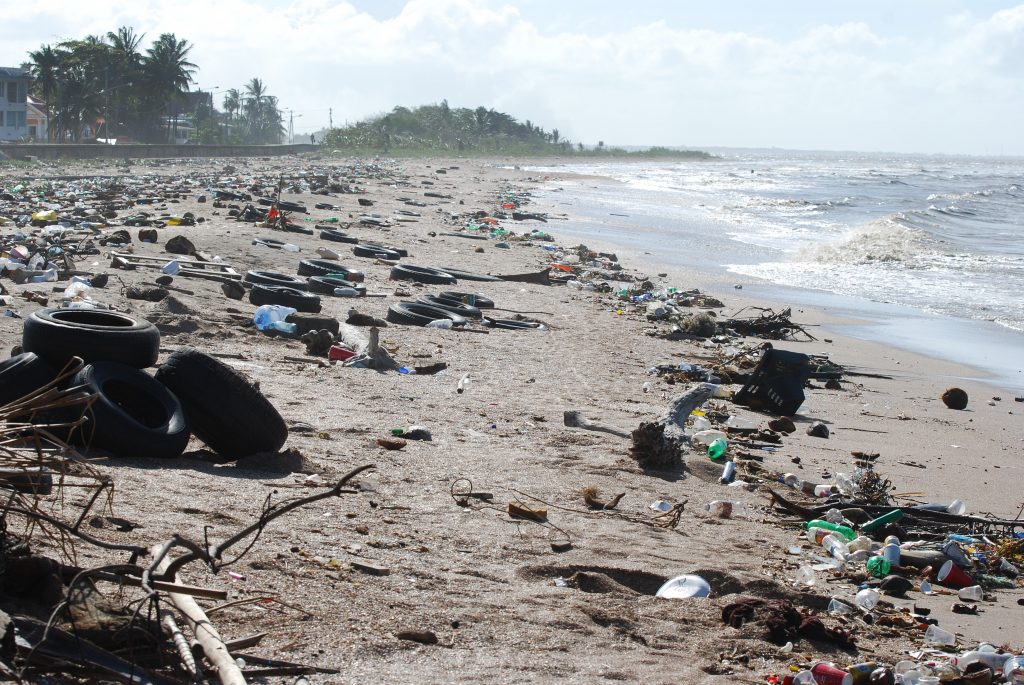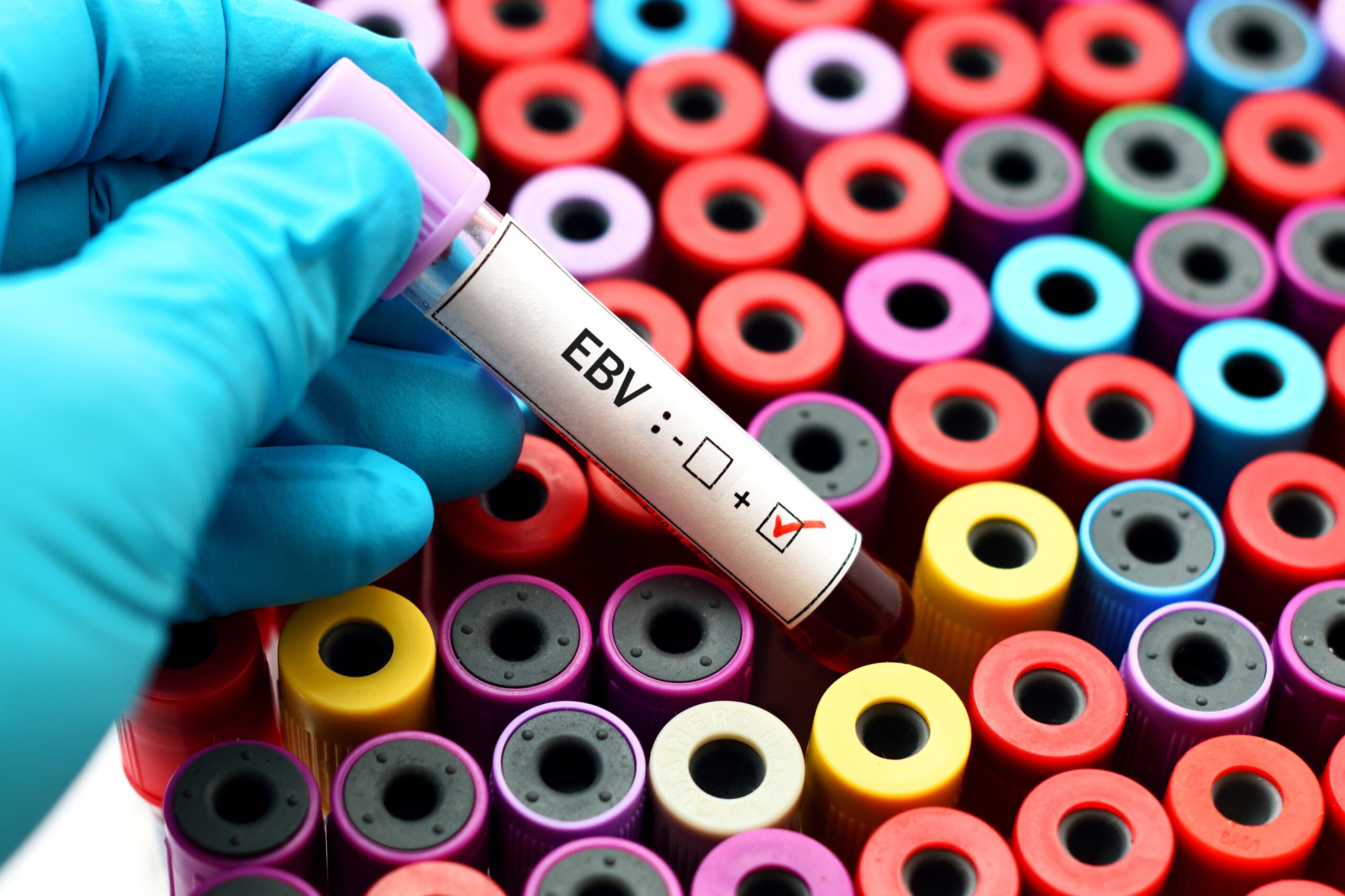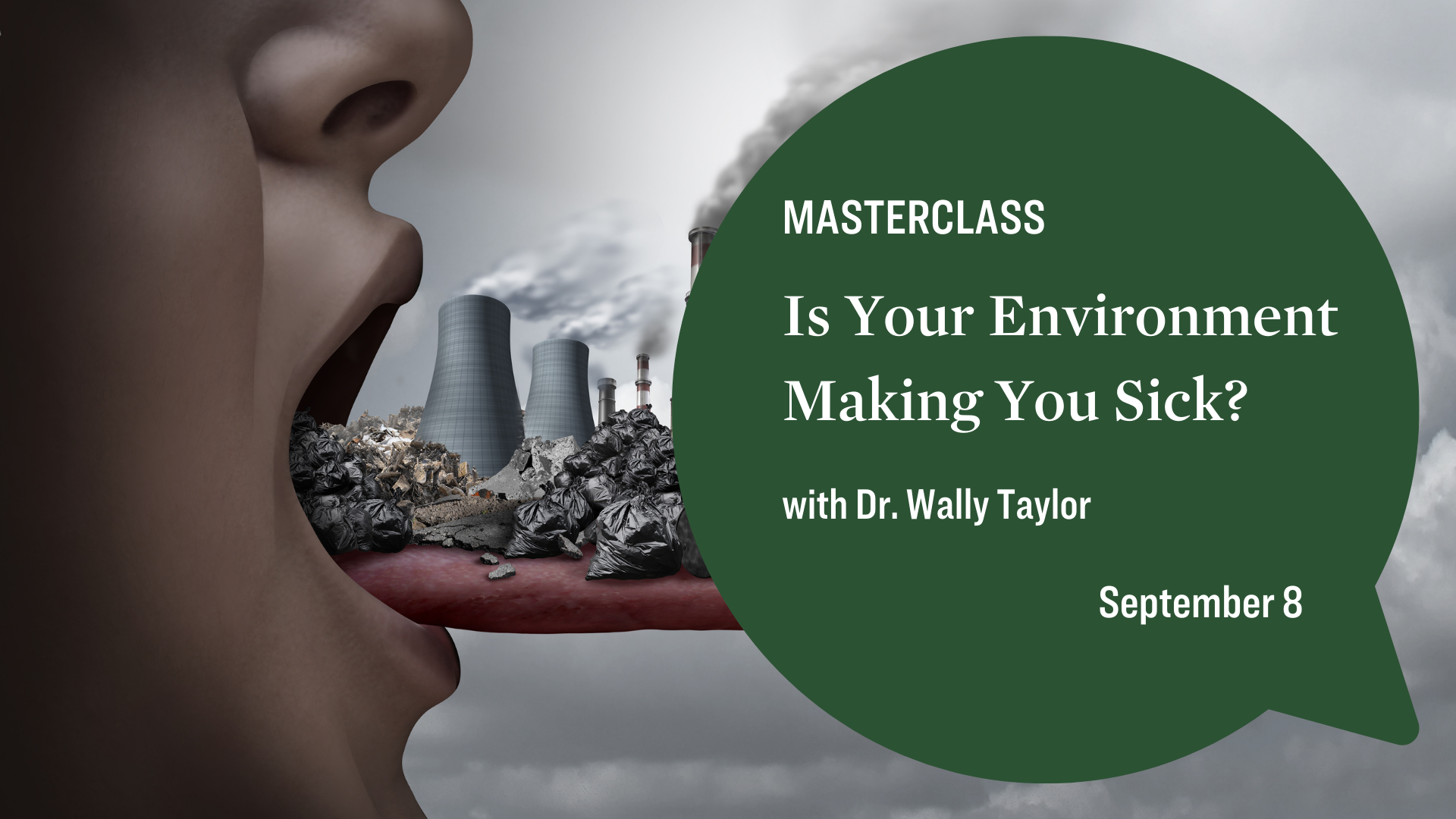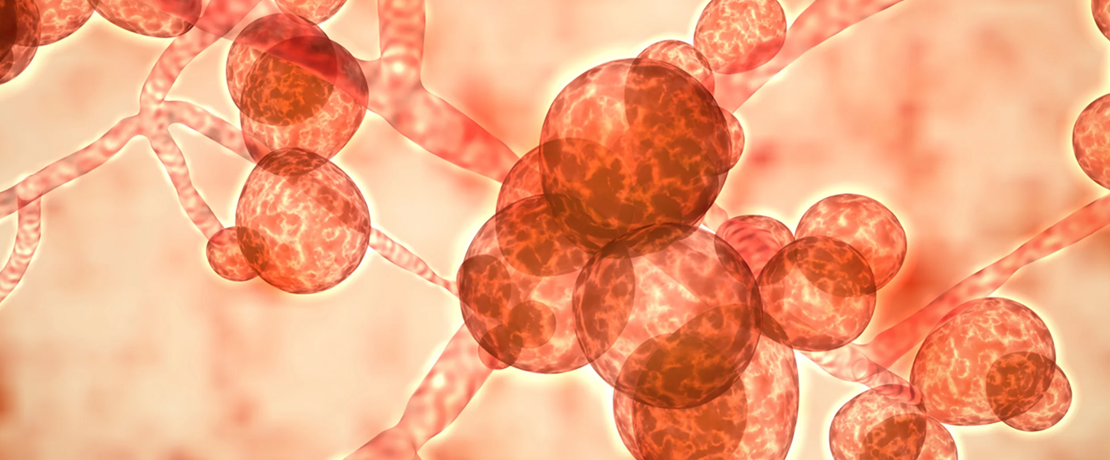Hypersensitivity to Environmental Chemicals and EMF’s leads to Chronic Fatigue and Brain Fog
At Forum Health Austin in Austin, Texas, we often see folks who describe hypersensitivity to multiple environmental chemicals and electromagnetic radiation or EMF’s. Most patients describe their Multiple Chemical Sensitivity or EMF Hypersensitivity as being progressive. Initially, they only notice symptoms on exposure to especially noxious fumes or sources of irritation such as high-voltage power lines. Gradually, the sensitivity spreads to include chemicals and EMF’s that are normally easily tolerated. These individuals also often note the inability to tolerate many foods and vitamin supplements. This, too, seems to start off gradually and build until many foods, medicines, and vitamins are not tolerated. Symptoms reported by folks who experience these sensitivities include pain in the muscles and joints, brain fog, headache, fatigue, insomnia, dizziness, muscle weakness, inability to focus or concentrate, hives or other skin rashes, numbness and tingling, extreme light and sound sensitivity, bloating, swelling, itching or burning of the throat or skin.
Avoidance of the sources of insult is the initial best approach, but as the situation progresses, it becomes harder and harder to avoid all the many sources that trigger symptoms. We have developed treatment approaches that can help people with hypersensitivity to lose their various sensitivities.
Symptoms of Environmental Illness may be Triggered by Emotional Stress
In our clinical work with patients, we often hear that the symptoms associated with hypersensitivity may be rapidly and severely worsened by emotional stress. It is not at all uncommon to have patients tell us about dramatically increased fatigue, brain fog, or pain after a personal loss or life crisis.
Mast Cell Activation Plays a Key Role in Environmental Hypersensitivity
Some of the features of chemical sensitivity and EMF sensitivity and hypersensitivity are the result of activation of mast cells. Mast cells are immune cells that are filled with granules containing toxic substances known as inflammatory mediators like histamine and leukotrienes. When the mast cells become perturbed or “activated”, they release the toxins contained in their granules into the tissues and circulation. This is called mast cell activation. We are seeing more and more cases of Mast Cell Activation Disorder also called Mast Cell Activation Syndrome that occurs often on exposure to many environmental irritants like chemicals and EMF’s.
Your brain’s limbic system, which is the part of the brain that assesses “threat” or “stress”, can send signals to the immune system and the mast cells signaling them to become activated and to release their toxic granules such as histamine. Have you ever noticed when you become agitated that your neck and upper chest become flushed or have a hive-like eruption or that you get “butterflies” in your stomach? These are examples of the limbic system’s fight or flight sympathetic nervous system response. Over time, the limbic system can begin to react with this fight or flight response from many environmental stimuli like chemicals and EMF’s. In fact, your limbic system can become stuck in fight or flight causing the response to last indefinitely.
Mitochondrial Cell Danger Response Explains many of the Features of Environmental Illness
A new theory of pathogenesis has emerged called the Mitochondrial Cell Danger Response which unifies the diverse clinical features of Autism. A recent drug trial demonstrated statistically significant benefits from a drug, Suramin, that acts to diminish this mitochondrial response. The cell danger hypothesis states that the root cause of autism is a universal cellular response to stress that shifts normal cell function to a new state. This universal response to stress traces to mitochondria. The hopeful message behind the Cell Danger Response hypothesis is that the root cause of the communication difficulties, social anxiety, sensory abnormalities, GI problems, seizures, allergies, and many other comorbidities in autism, is a treatable metabolic syndrome.
Journal Elsevier Mitochondrion-Review- Antipurinergic therapy for autism—An in-depth review; Robert K. Naviaux; University of California, San Diego School of Medicine, 214 Dickinson St., Bldg CTF, Rm C102, MC #8467, San Diego, CA 92103, United States.
The herbs Quercetin and Lutein are known to calm or stabilize mast cells. Drugs like antihistamines and leukotriene inhibitors can block some of the toxic substances released from the mast cells, lessening the symptoms. Cromolyn is a medicine that can coat and stabilize the mast cells limiting their activation and release of toxins.
Multiple chemical sensitivity and EMF hypersensitivity may be increasing in the population along with other disease states associated with chronic inflammation. Inflammation is a byproduct of the immune system.
What is causing this increase in the number of inflammation-associated diseases like autism, asthma, autoimmunity, type 2 diabetes, degenerative brain diseases and allergy? Is it related to the progressive degradation of the environment? It is interesting to consider that as these diseases have proliferated, the amounts of toxic manmade chemicals, toxic heavy metals and potentially harmful EMF’s have been rising at an alarming rate in the environment. Environmental toxins are being measured in ever higher amounts in the air, food and water.
Avoidance of Environmental Toxin Pollution and Detoxification lessen the Symptoms of Environmental Illness and Hypersensitivity
In our experience, patients afflicted with multiple chemical sensitivity or MCS and EMF hypersensitivity along with other inflammation-associated chronic illnesses such as autoimmune disease, chronic fatigue, chronic pain syndromes of various types, chronic brain fog, chronic mood disorder, and chronic insomnia respond to avoidance of the various triggers of inflammation in the environment. The activity of these diseases appears to be directly associated with the degree of immune system activation caused by the various environmental irritants to the immune system such as toxic chemicals, toxic metals, pathogenic viruses, bacteria and parasites, and toxic EMF’s. As we treat these folks, we always stress the elimination of further exposure to environmental toxins to the greatest extent possible. Helping folks maximize their own systems of toxin elimination, detoxification (detox) helps them recover from these chronic conditions. In today’s world, it is impossible to completely avoid these many exposures, but it is important to try. It is our belief that less contamination of the air, food, and water would result in the prevention of these inflammation-caused environmental illnesses.









